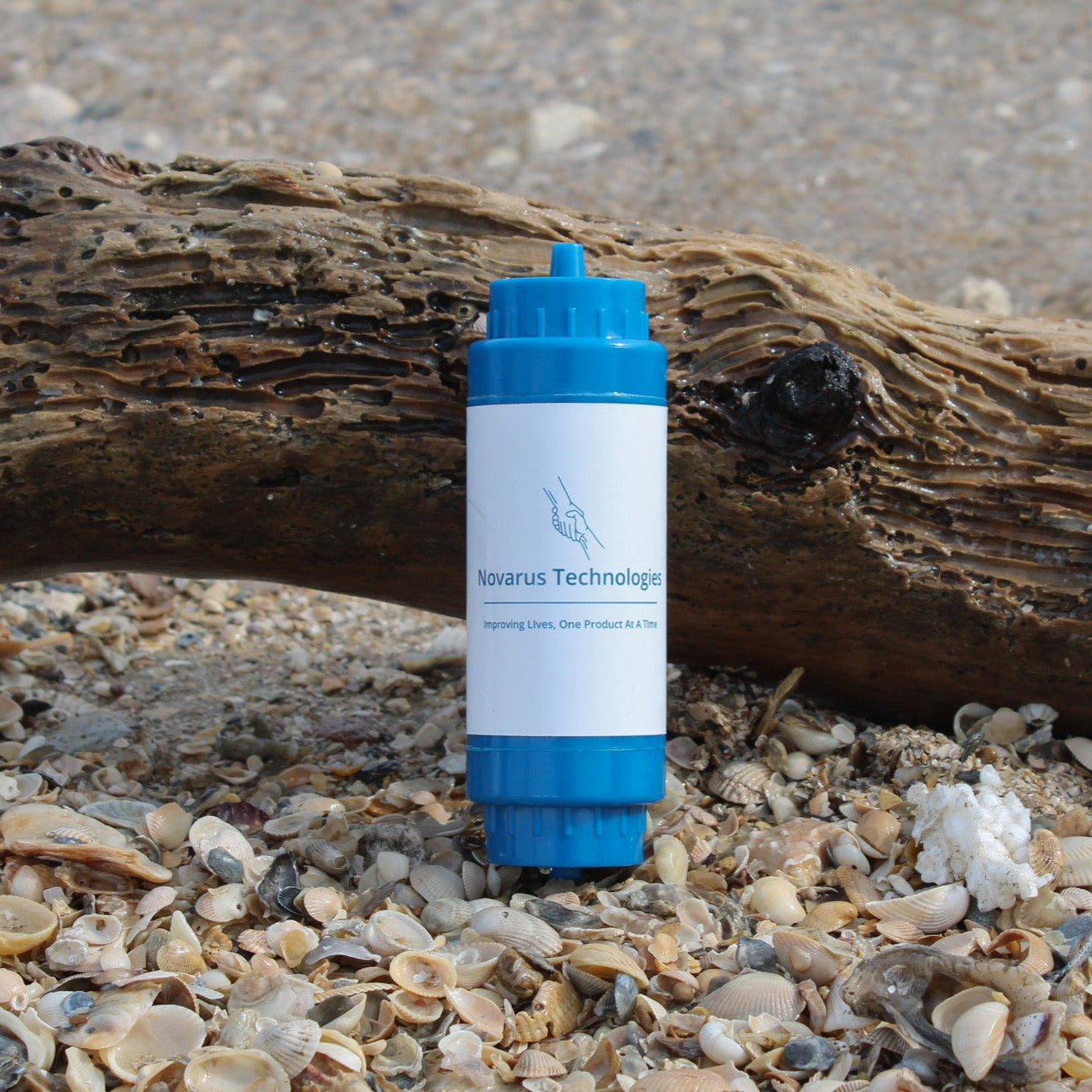- Unhealthy: Exercising in polluted environments exposes individuals to a cocktail of harmful pollutants, including fine particles, volatile organic compounds (VOCs), and toxic gasses. These pollutants can penetrate deep into the lungs, causing inflammation, oxidative stress, and respiratory irritation. Over time, chronic exposure to air pollution can lead to the development or exacerbation of respiratory conditions such as asthma, bronchitis, and COPD.
- Unsafe: Beyond the health implications, exercising in polluted air poses safety risks, particularly for vulnerable populations such as children, the elderly, and individuals with pre-existing respiratory or cardiovascular conditions. High levels of air pollution can trigger asthma attacks, exacerbate allergies, and compromise immune function, increasing susceptibility to respiratory infections and other illnesses. Furthermore, exposure to traffic-related air pollutants has been linked to an elevated risk of accidents and injuries among cyclists and pedestrians.
The Role of Air Filtration Systems in Outdoor Exercise:
Air filtration systems play a crucial role in mitigating the negative effects of air pollution on outdoor exercise. Portable air purifiers equipped with HEPA filters and activated carbon technology effectively capture airborne pollutants, providing a clean and healthy environment for physical activity. Research has demonstrated that using air purifiers during exercise can significantly reduce exposure to PM2.5 and other pollutants, leading to improvements in lung function, exercise performance, and post-workout recovery.
Benefits of Exercising with Air Filtration:
- Enhanced Respiratory Health: By removing airborne pollutants, air filtration systems promote cleaner air intake during exercise, reducing the risk of respiratory symptoms and lung inflammation. This, in turn, supports optimal respiratory function and helps maintain lung health over time.
- Improved Exercise Performance: Clean air facilitates better oxygen delivery to muscles, enhancing aerobic capacity, endurance, and overall exercise performance. Studies have shown that exercising in environments with reduced air pollution levels leads to faster recovery times and higher training intensities compared to polluted conditions.
- Long-Term Health Protection: Incorporating air filtration technology into outdoor exercise routines offers long-term benefits by reducing cumulative exposure to air pollutants and mitigating the risk of developing respiratory diseases and cardiovascular complications associated with chronic air pollution exposure.
In conclusion, the integration of air filtration systems into outdoor exercise environments is essential for promoting respiratory health, ensuring safety, and optimizing exercise performance in the face of urban air pollution. As the prevalence of air pollution continues to rise globally, investing in clean air technologies becomes paramount for safeguarding public health and fostering sustainable fitness practices. By prioritizing clean air during outdoor exercise, individuals can enjoy the benefits of physical activity without compromising their respiratory well-being or long-term health outcomes.


